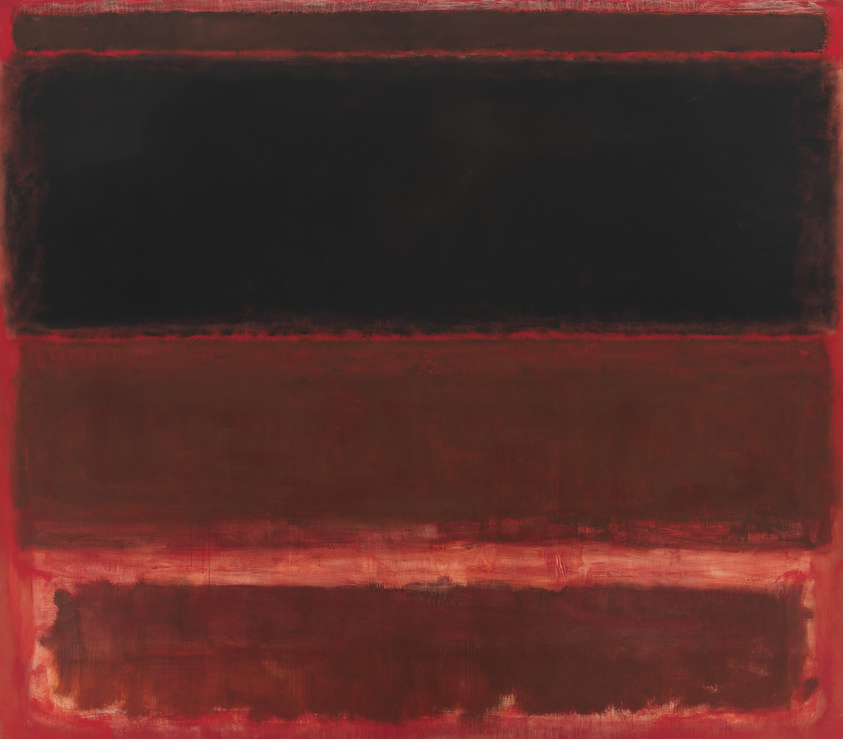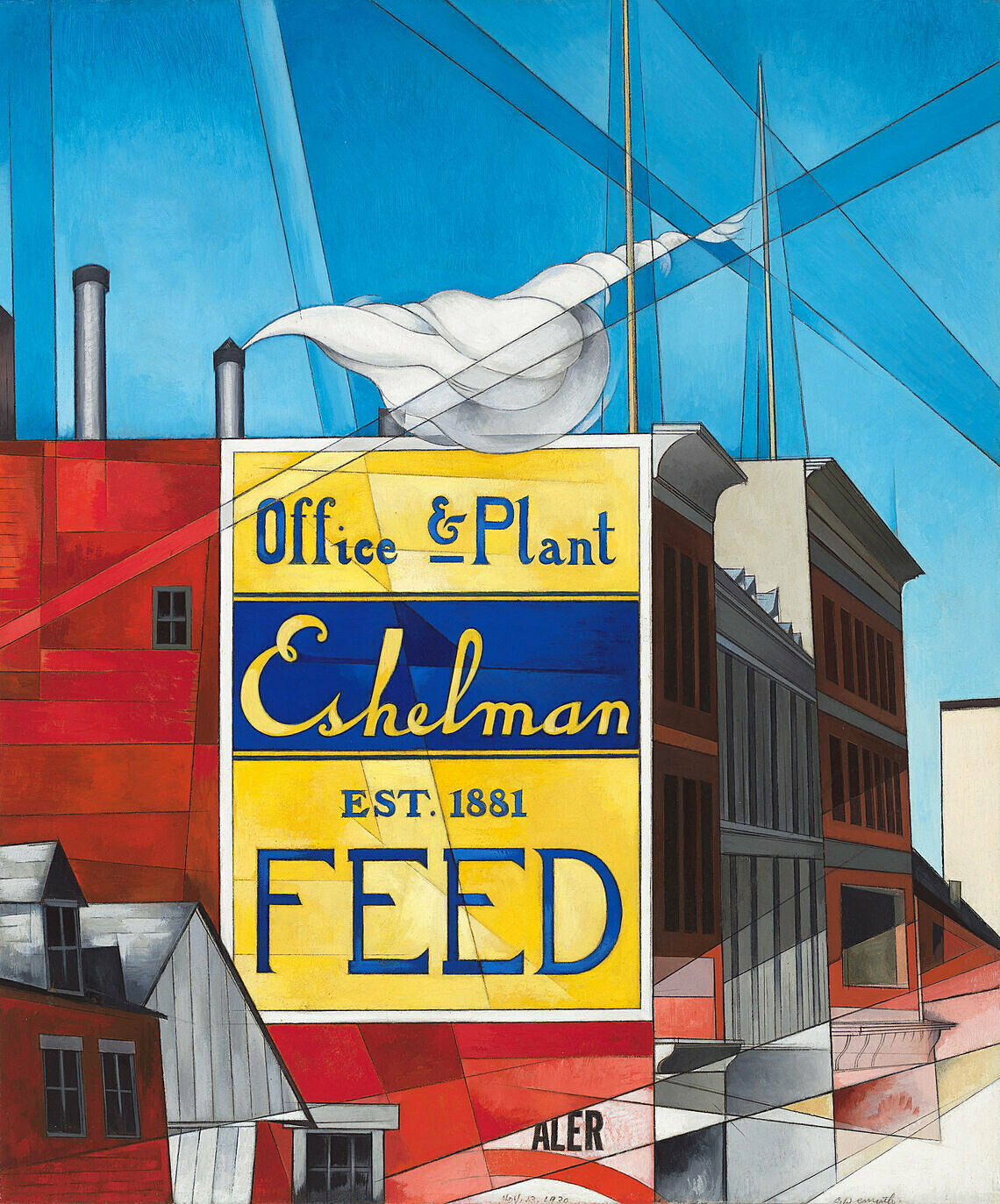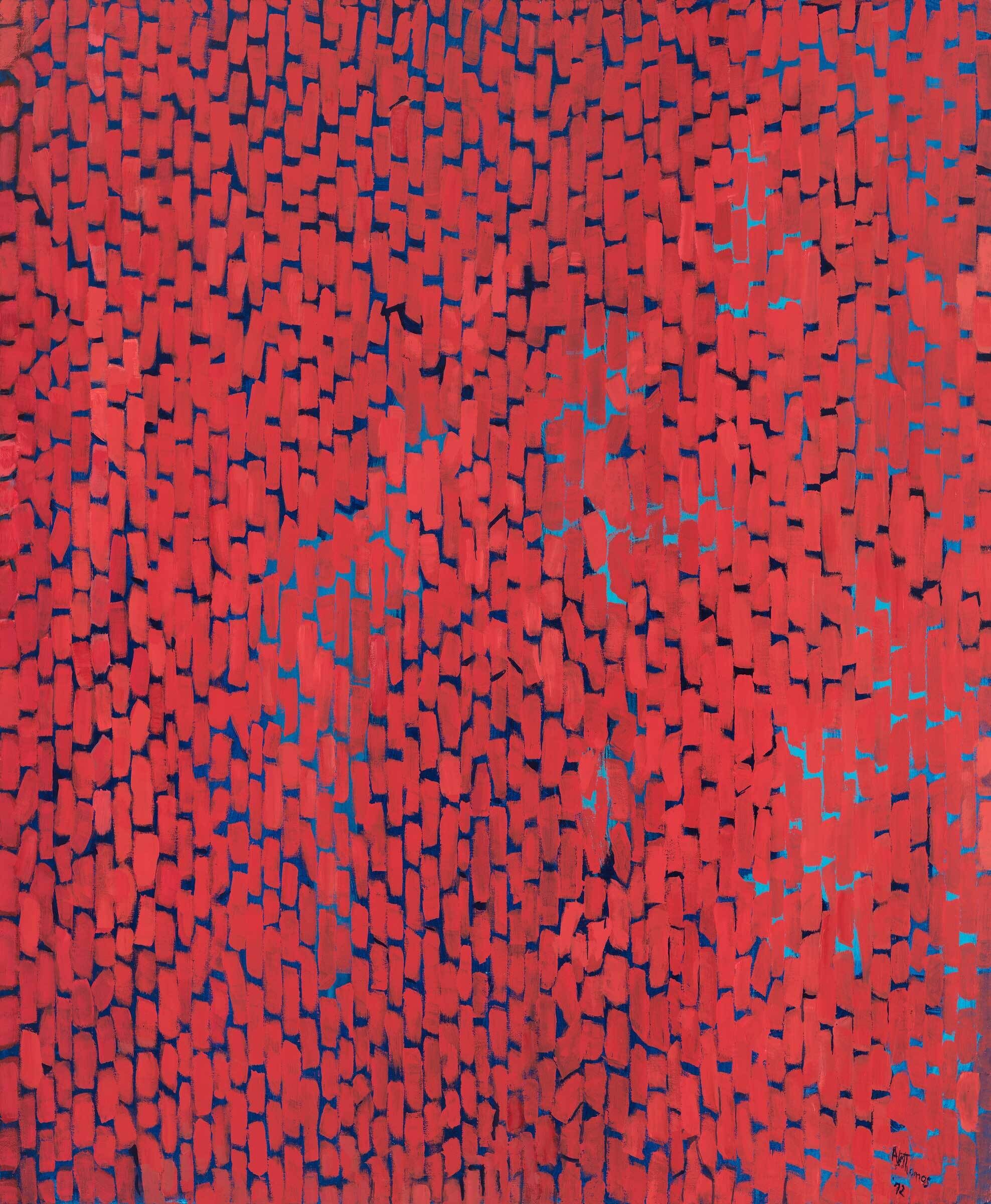Mark Rothko, Four Darks in Red | Video in American Sign Language
Apr 1, 2019
Educator Lauren Ridloff discusses Four Darks in Red by Mark Rothko in the exhibition Where We Are: Selections from the Whitney’s Collection, 1900–1960.
Behind me is a large painting by Mark Rothko. It is titled Four Darks in Red, and was completed in 1958. Rothko stated that the viewer should ideally stand 18 inches from the painting. And the painting isn’t high, but hung closer to the floor. The viewer is up close and should be enveloped in the painting, not seeing anything outside of it. Seeing the painting this way creates a feeling of transcendence. A spiritual kind of experience. In this piece we see four dark strips. All red. There are no distinct edges, but rather, abstraction. Rothko wants us to contemplate foreground and background, to see the colors as swimming into each other. Rothko said that he wants the viewer to experience a kind of visual solitude, as solitude is something he highly valued. He saw parallels between the feelings one has when listening to music, and viewing a painting. He wanted his art to cause the viewer to forget about their daily lives. To be immersed in the boundlessness of the abstract painting. To feel moved. Words, language, description, are not necessary. Similarly to music, one can be moved by a feeling. That is what Rothko wanted to show through his work. This painting may seem simple, but the process is quite complicated. He dipped rags into turpentine, which thins out paint. While making layers and creating contrast, he used a turpentine burn to blend colors and erase corners. Rothko’s goal with his work was for the viewer to have a spiritual experience, without using any religious symbolism or imagery. He did this by reducing everything to the essence of color.



